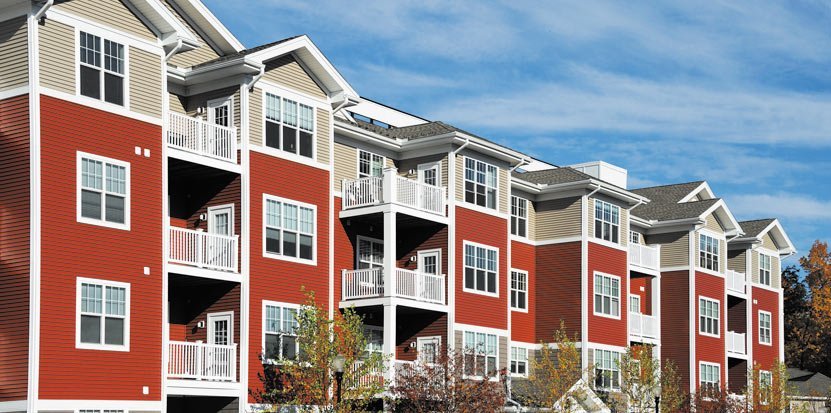On August 1, 2006, a fire engulfed a 23-unit apartment building located at 2206 K Street in South Omaha. Cabinets, flooring, walls, windows and everything on the upper floors and attic were covered in soot. Firefighters ripped open the roof with axes, a stairwell was completely burned, the interior was soaked with water and two units were destroyed. The building had to be vacated. Just before Thanksgiving 2016, Jerry Heinrichs and I represented a client who purchased and set out to restore the building.
Our client purchased the building for $358,000 and needed to spend another $150,000 on rebuilding and renovation. Throughout the winter, he learned to manage construction, and 2206 K Street was well on its way to a new life. By the summer of 2007, a certificate of occupancy was awarded, marketing ensued, and the property was 92% occupied by fall. As he moved from construction to lease up, the owner learned how to collect rents, vacate nonpaying tenants, hire vendors, create a basic operating budget (with the help of his wife who is an accountant) and make payments to the bank. Within a short timeframe, his project had morphed into a stabilized performing investment property.
By 2010, however, his pride of ownership had dissipated, and the building’s financial performance was not meeting expectations due to more expenses associated with turning units, apathetic third-party management and a dreadful ongoing bed bug infestation. The owner decided it was time to list and sell the property. After nine months of marketing efforts we proceeded with a Call for Offers based on a couple of warm prospects, and we made a deal at $610,000, which closed in August 2012.
The new owner put in minimal capital improvements, and in 2016, sold the building for $781,209 to a Texas buyer. Two years later, in June 2018, and again with little reinvestment, 2206 K Street sold for $916,719. The trend of price appreciation that happened to the 2206 K Street building over the past six years is common in the apartment market. Appreciation that has occurred within the last five years has boosted values more than 50%. Increased values of apartments in the Omaha area can be attributed to many factors:
1. Rents have increased within all geographic areas and every class of building.
2. Despite more new construction, occupancy still hovers at around 95% according to CoStar.
3. Capitalization rates have stayed low in spite of an uptick in interest rates—mid 5% to 6% cap rates on newer properties, and mid 6% cap rates on older properties.
4. Underwriting is based on a pro forma analysis and not historical income and expenses.
5. A large influx of investors from Minneapolis, Denver and other larger markets where cap rates and supply are even lower have Omaha on their radar, creating competition for a limited supply of properties.
6. Landlords are able to generate additional income streams from tenants, including reimbursement of water/sewer, parking fees, pet fees, application fees, administrative fees, CAM fees, NSF fees, late fees, send-in check fees and clubhouse usage fees. One creative owner is even charging a $150 “move out fee” to cover costs for additional dumpsters and wear-and-tear on common areas.
As long as we have available debt from the credit markets, it is foreseeable that there will be surplus demand from investors looking for property. Investors may find opportunity in buildings that are under-rented or not managed up to current trends.
By John Heine, CCIM, JD

